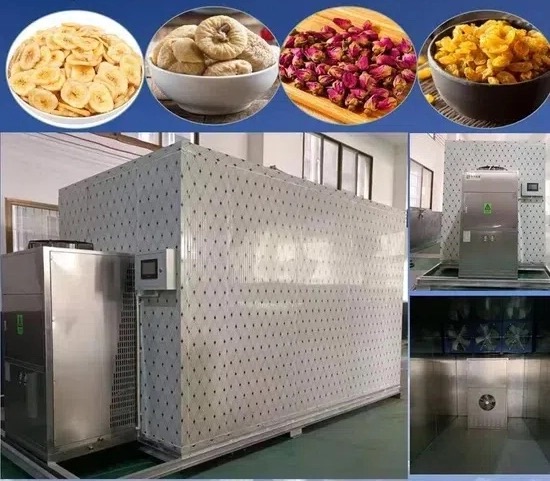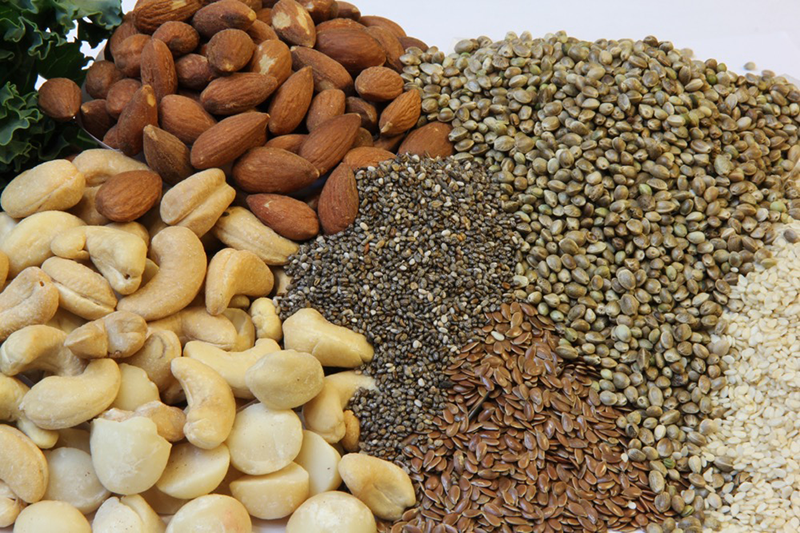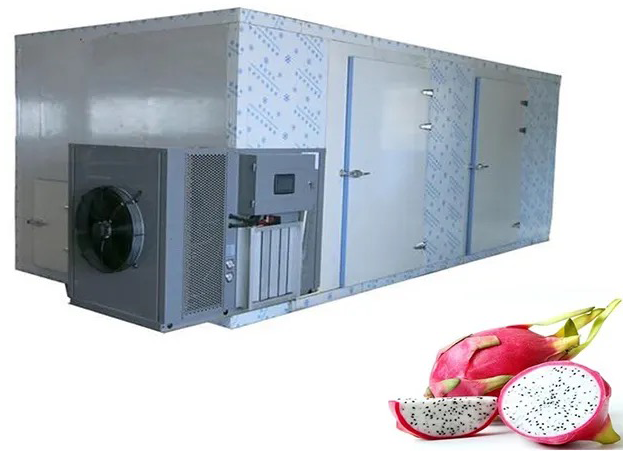
Content Menu
● Introduction to Room Type Drying Machines
>> Key Components
>> Applications
● Benefits of Room Type Drying Machines
>> Energy Efficiency
>> Customization and Flexibility
>> Advanced Technologies
● Tips for First-Time Buyers
● Future Developments
● Case Studies
● Conclusion
● FAQs
>> 1. What are the primary applications of Room Type Drying Machines?
>> 2. How do Room Type Drying Machines ensure energy efficiency?
>> 3. What maintenance is required for Room Type Drying Machines?
>> 4. Can Room Type Drying Machines be customized?
>> 5. How does IoT integration benefit Room Type Drying Machines?
● Citations:
As a leading Chinese manufacturer of food drying machines, we provide OEM services to international brands, wholesalers, and producers. In this article, we will delve into the world of Room Type Drying Machines, exploring their benefits, applications, and essential considerations for first-time buyers.

Introduction to Room Type Drying Machines
Room Type Drying Machines are sophisticated devices designed to dry a wide range of products, from food to pharmaceuticals and textiles. These machines offer a controlled environment with precise temperature and humidity control, ensuring efficient and uniform drying while preserving the quality of the products.
Key Components
1. Air Circulation System: Ensures consistent airflow to prevent moisture buildup.
2. Insulated Chamber: Maintains a stable temperature and humidity level.
3. Moisture Removal System: Efficiently removes moisture from the products.
4. Control Panel: Allows for precise adjustments of temperature, humidity, and airflow.
Applications
- Food Processing: Ideal for drying fruits, vegetables, meats, and seafood.
- Pharmaceuticals: Used for drying medicinal herbs and compounds.
- Textiles: Suitable for drying fabrics and other textile materials.
Benefits of Room Type Drying Machines
Energy Efficiency
These machines often incorporate heat pump technology, which can reduce energy consumption by up to 75% compared to traditional drying methods. This is achieved by recycling heat and providing precise temperature control.
Customization and Flexibility
Room Type Drying Machines can be customized with different drying rooms and accessories to meet specific product requirements. This flexibility makes them suitable for a wide range of industries and applications.
Advanced Technologies
- Intelligent Control Systems: Allow for real-time monitoring and adjustments.
- IoT Integration: Enables remote monitoring and optimization of drying processes.

Tips for First-Time Buyers
1. Determine Your Needs: Consider the type of products you will be drying and the desired moisture level.
2. Choose the Right Model: Select a machine that matches your production capacity and energy requirements.
3. Consider Maintenance: Regular cleaning and calibration are crucial for optimal performance.
4. Assess Space Requirements: Ensure you have sufficient space for the machine and its operation.
5. Evaluate Budget: Consider both the initial purchase cost and ongoing operational expenses.
Future Developments
Future advancements may include more advanced automation, integration with renewable energy sources, and enhanced data analytics capabilities to further enhance efficiency and sustainability. Additionally, advancements in nanotechnology could lead to improved drying materials and surfaces, enhancing moisture removal efficiency.
Case Studies
Several companies have successfully integrated Room Type Drying Machines into their operations:
- Food Processing Company: Achieved a 30% increase in dried product quality and a 20% reduction in energy costs.
- Pharmaceutical Manufacturer: Improved drying consistency by 25%, leading to higher product yields.
Conclusion
Room Type Drying Machines offer a versatile and efficient solution for various industries, particularly in food processing. Their ability to provide a controlled drying environment, combined with energy efficiency and customization options, makes them an essential tool for maintaining product quality and reducing operational costs.

FAQs
1. What are the primary applications of Room Type Drying Machines?
Room Type Drying Machines are primarily used in industries such as food processing, pharmaceuticals, and textiles. They are ideal for drying a wide range of materials, including fruits, vegetables, meats, and industrial components.
2. How do Room Type Drying Machines ensure energy efficiency?
These machines often utilize heat pump technology, which reduces energy consumption by recycling heat and providing precise temperature control. This can lead to energy savings of up to 75% compared to traditional drying methods.
3. What maintenance is required for Room Type Drying Machines?
Regular maintenance includes cleaning the drying chamber and accessories, checking air filters, and calibrating the control panel. This ensures optimal performance and extends the machine's lifespan.
4. Can Room Type Drying Machines be customized?
Yes, these machines can be customized with different drying rooms and accessories to meet specific product requirements. This flexibility makes them suitable for a wide range of industries and applications.
5. How does IoT integration benefit Room Type Drying Machines?
IoT integration allows for remote monitoring and real-time adjustments to optimize drying processes. This enhances efficiency, reduces energy consumption, and improves product quality.
Citations:
[1] https://www.dryeratech.com/the-future-of-room-type-drying-machines.html
[2] https://www.bxdrymachine.com/faq
[3] http://static.cninfo.com.cn/finalpage/2004-06-11/14139912.PDF
[4] https://www.dryeratech.com/room-type-drying-machines-for-different-industries.html
[5] https://www.thepurposefulpantry.com/dehydrating-faq/
[6] http://pdf.dfcfw.com/pdf/H2_AN202306301591940897_1.pdf
[7] https://www.directindustry.com/industrial-manufacturer/drying-room-food-industry-242581.html
[8] https://excaliburdehydrator.com/pages/faqs
[9] https://www.seriouseats.com/food-dehydrator-to-reduce-food-waste-7105642











